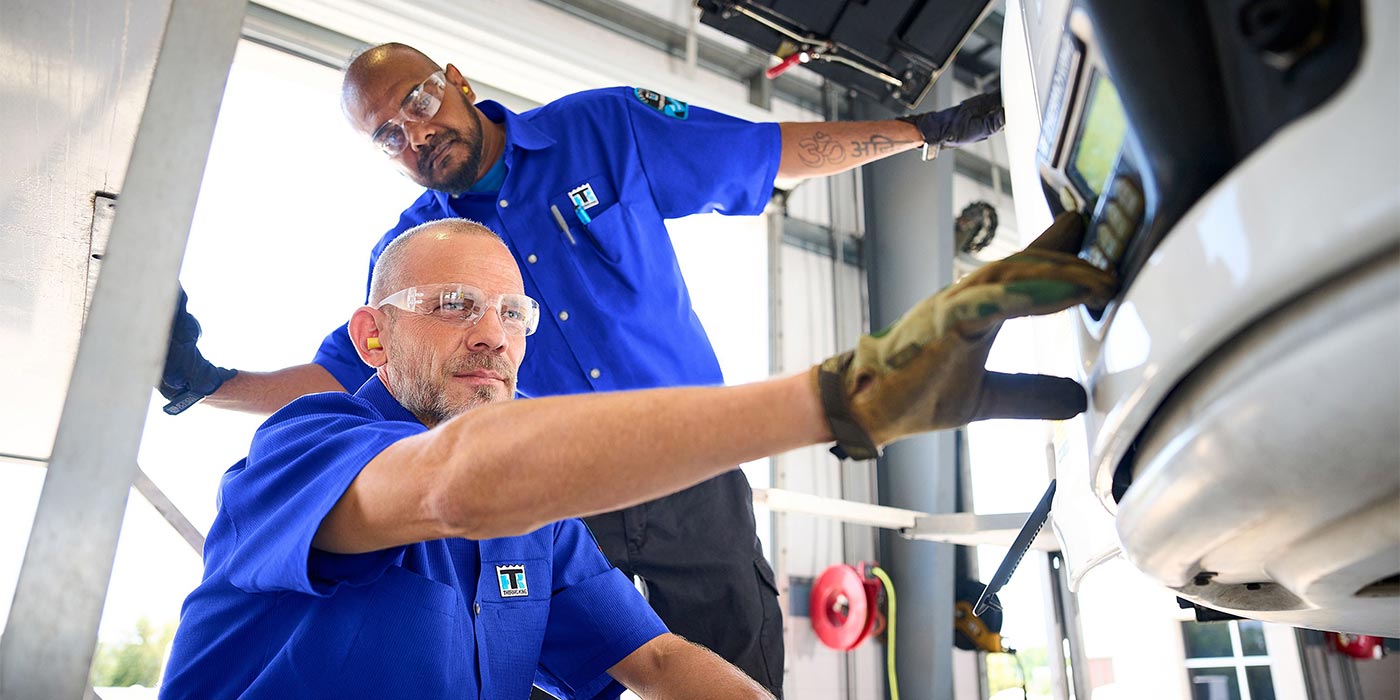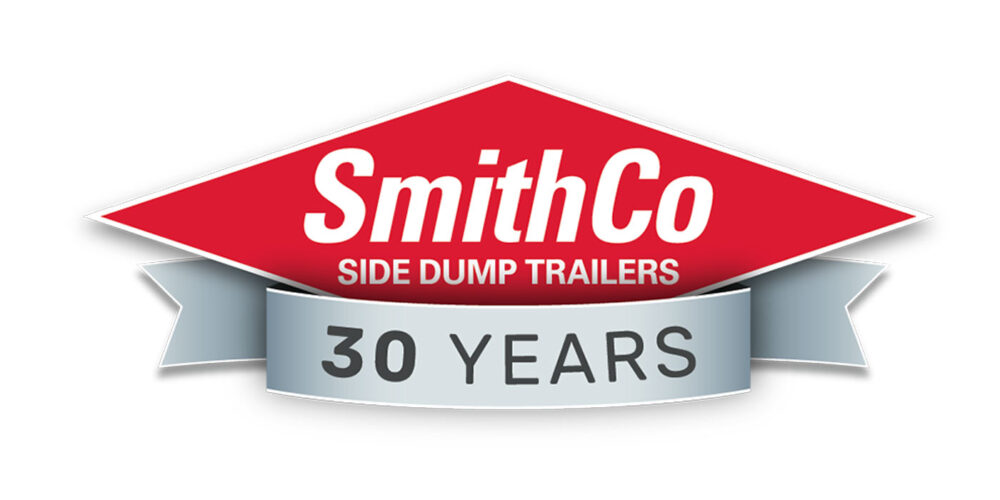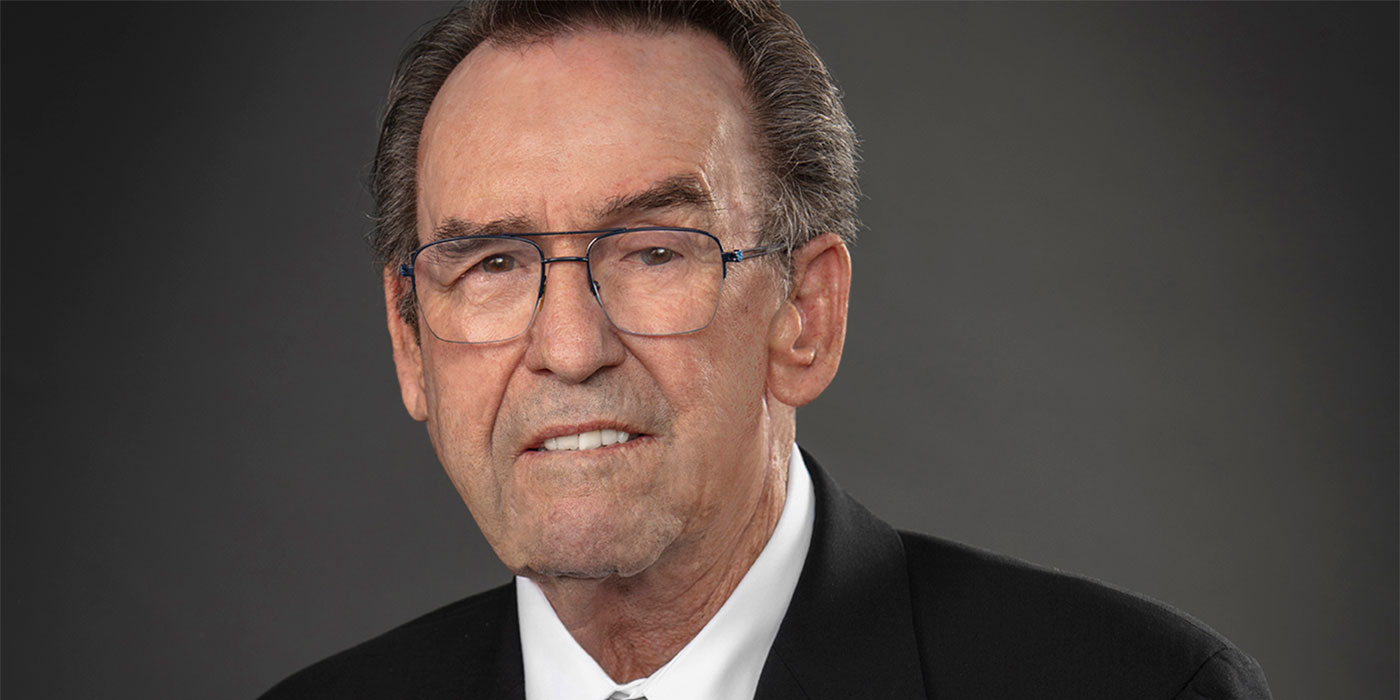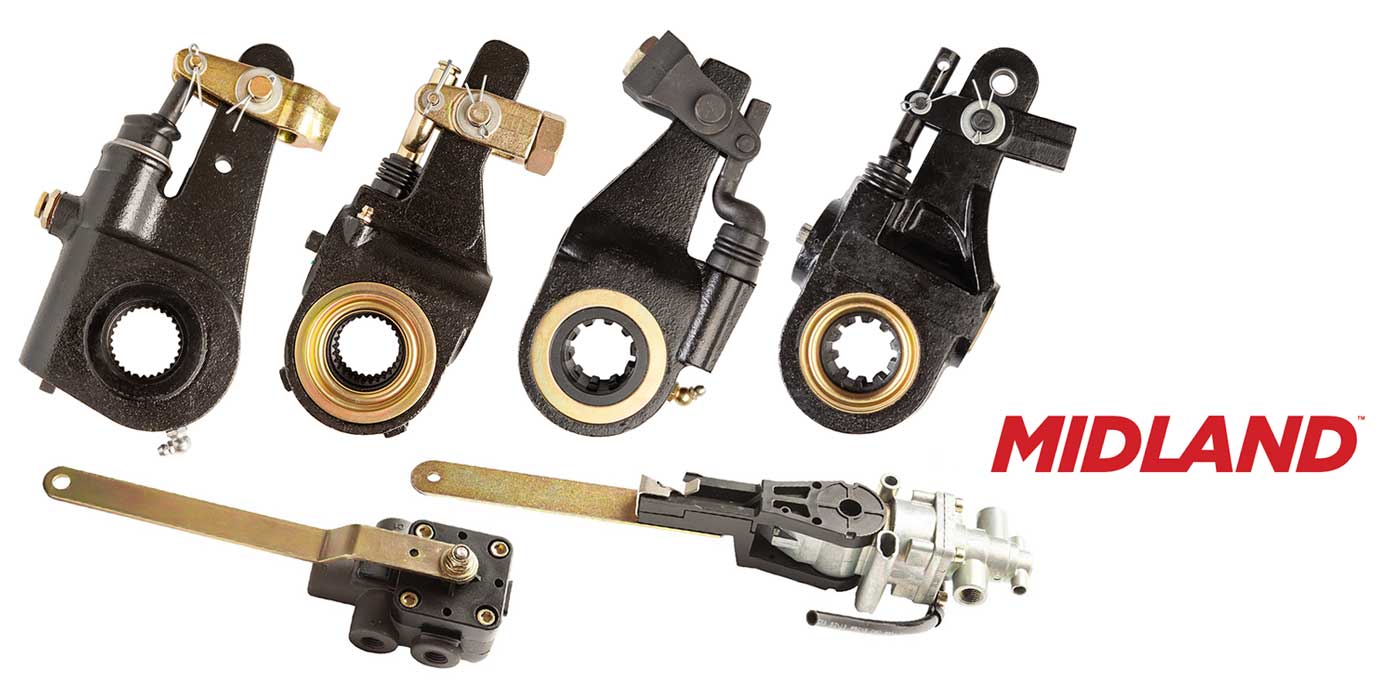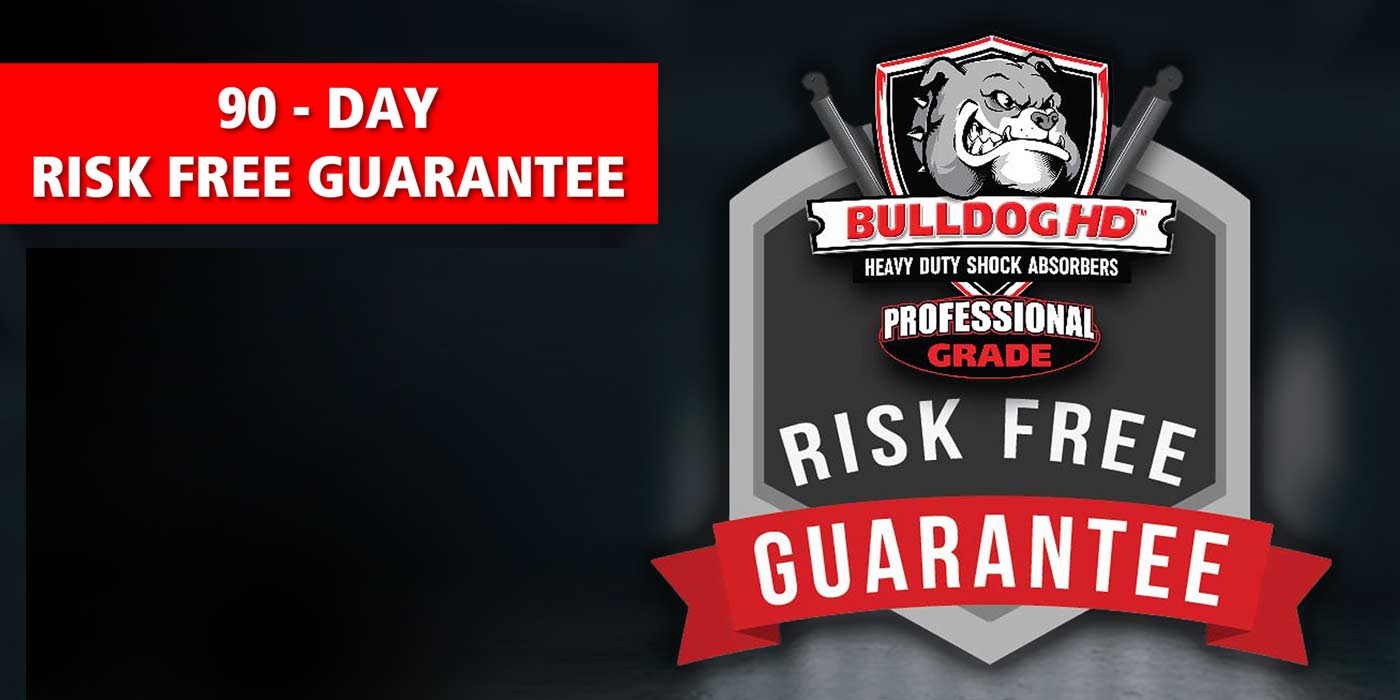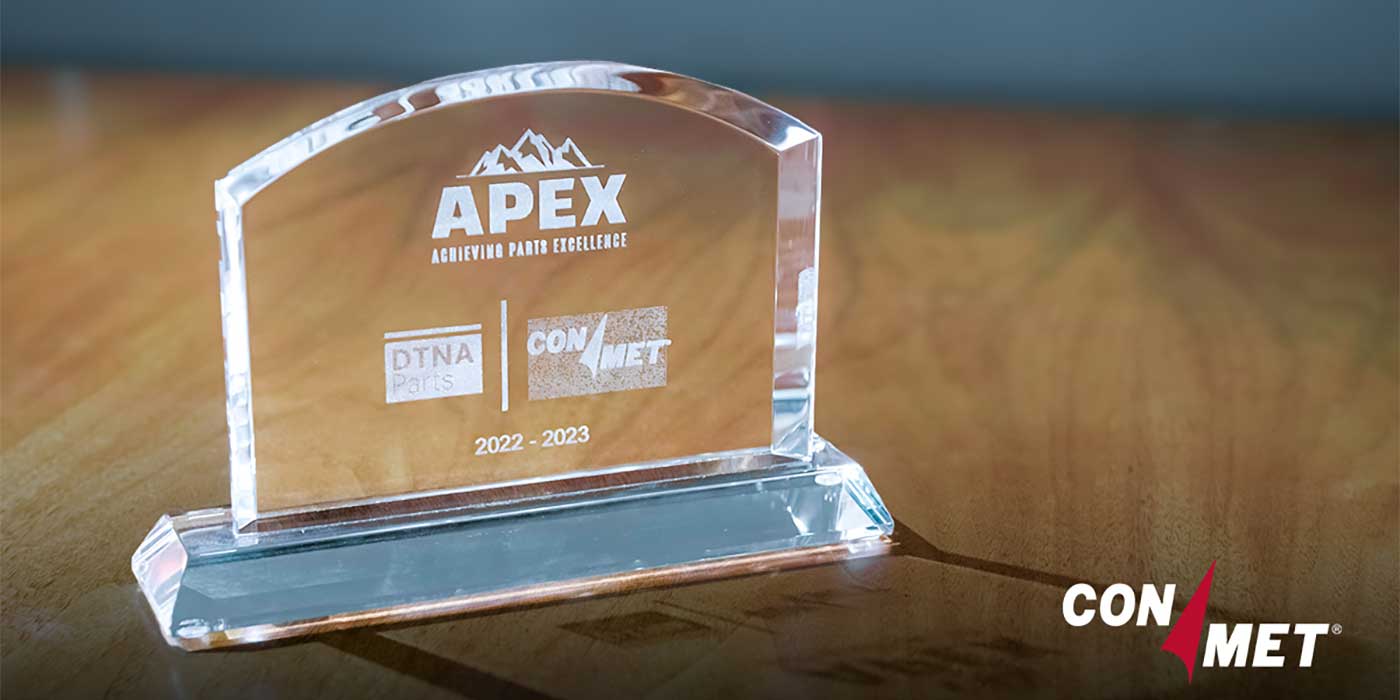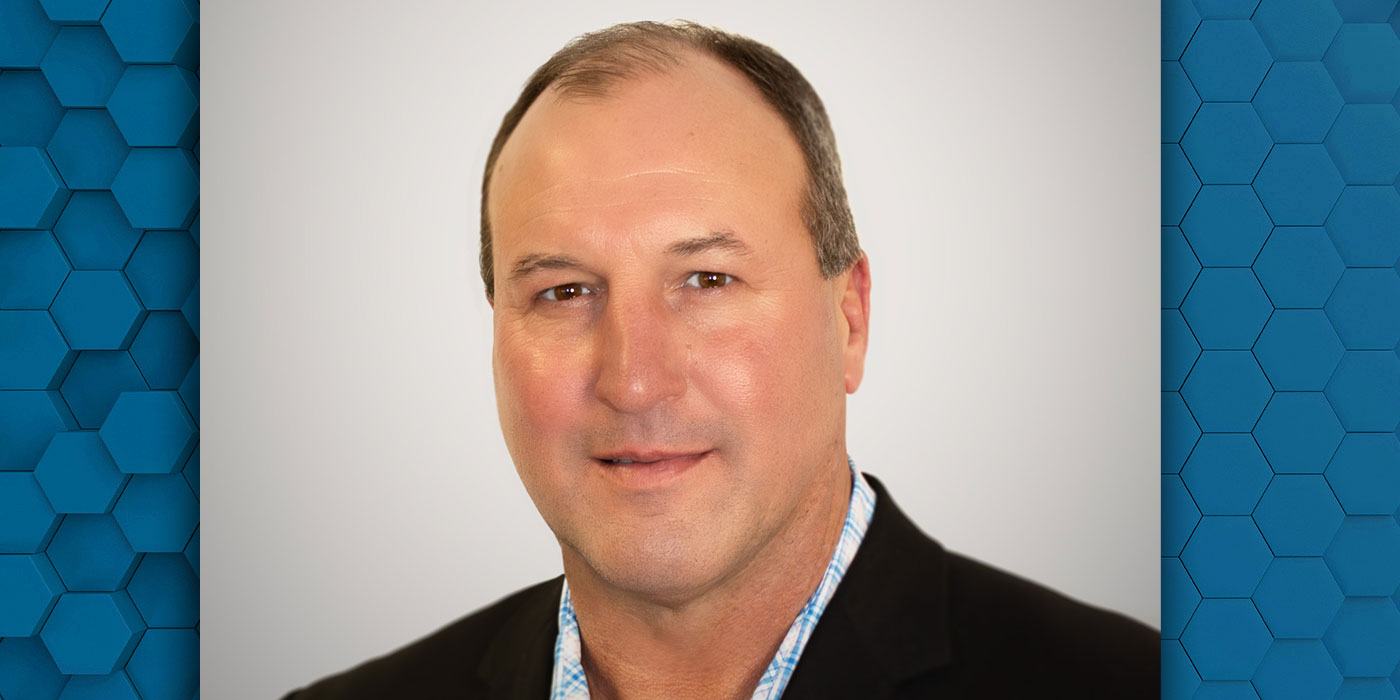When people talk about clear and bright, they could be chitchatting about the weather. However, in the domain of fuels and lubricants, this expression has been used since the ’80s.
The oil industry calls it the Standard Test Method for Free Water and Particulate Contamination in Distillate Fuels (Visual). In all fairness, using the above ASTM D4176-04 (2009) may sound clear but it is not the brightest thing to do.
The test provides a field test to evaluate visually a fuel sample for particulate matter and free water similar to Test Method D4176 plus a numerical rating for free water.
The color of the sample is supposed to indicate if the sample is FFP, meaning Fit For Purpose.
There are two major concerns with this 30 year old, but still commonly used, visual test method …
“What can we, as humans, see?” and “What is FFP and what is it worth in the real world?”
Both questions are a reality check and I believe most of you will confirm that in three decades a lot can change.
Thirty years ago, some of you were in college, or just married; some of you were not even born yet which applies for a multitude of fuels and fuel additives too.
There are around 1,100 different hydrocarbon chains used in today’s world to drive engines. A high percentage of these hydrocarbons weren’t there back in the ’80s and for sure we are not comparing any modern engines with robust but polluting old timers.
The lower limit of human visibility is about 40µm (1µm = a millionth of a meter). This means that smaller particles are just blurry to us, or just plain invisible. The fact is that modern high pressure common rail injectors are not very fond of particles greater than 2µm and a visual test is no longer good enough to determine “FFP.”
A common patch test using a microscope with suitable magnification is more appropriate.
Alternatively, in addition to visual patch testing, which visually shows the contamination, automatic particle counting can give you a better understanding of the number of particles and their size that are in a set of sample fluid.
There are various standards of measuring the results but the most common are ISO 4406, NAS 1638 and SAE AS 4059.
Most component manufacturers publish filtration level recommendations using the three scale ISO code (ISO 4406), which permits the differentiation of the dimension and distribution of the particles that are allowed in the fluid.
This level is identified by measuring the number of particles 4μ and greater, 6μ and greater, and 14μ and greater in one milliliter of the system sample. The range between the upper and lower limits for each scale number is a factor of two. This also means that for each increase of one ISO code number, the number of particles can double. For bulk fuel filtration, the target cleanliness as per ISO spec is 14/13/11.
The oil world estimates that there are 700,000 samples taken per day, but most of them are done upstream, before the fluids are transported towards you. In most cases, this is done even before the final blend stage.
The first step to assure yourself or company about your investment in fuel and lubricants is by sampling for cleanliness control the moment you receive the goods.
Next time we will inform you on the complete solution to protect your investments against these things you do not see …



